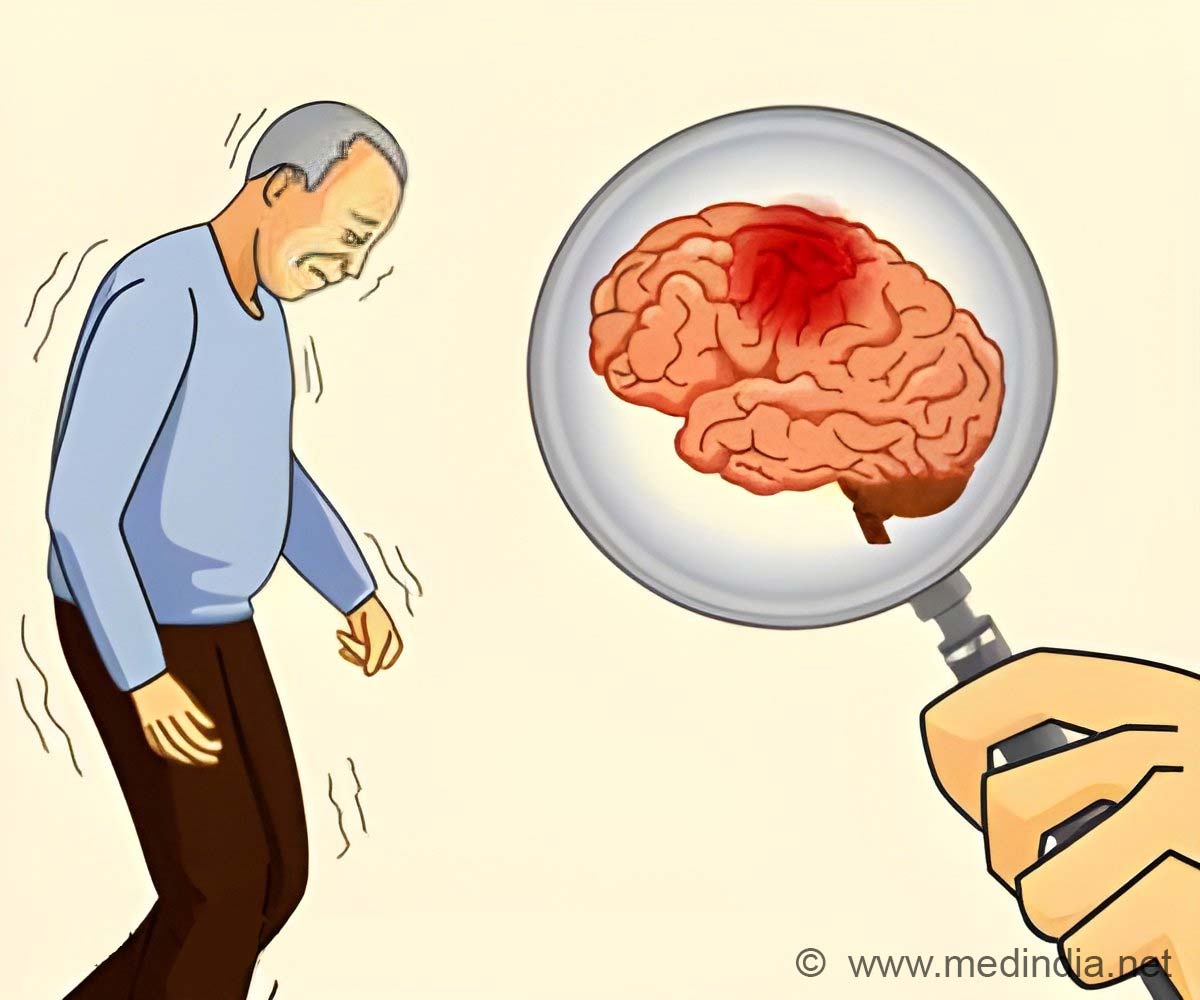
‘Freezing of gait, one of the most incapacitating symptoms of Parkinson’s disease can be mitigated by exercise protocol.’
Tweet it Now
Researchers at the University of São Paulo (USP) in Brazil have shown that the disorder can be mitigated by means of a complex physical exercise protocol designed to stimulate different motor and cognitive skills simultaneously. An article on the study is published in the journal Movement Disorders.Resistance training with instability modified brain regions associated with the physiological alterations typical of gait freezing, advances neuron activation and enhances brain plasticity in the affected regions.
“In addition to positive reports from the patients who took the training, clinical trials also evidenced significant improvements, especially a 60% reduction in gait freezing and a 70% reduction in motor symptoms of the disease. Another important outcome concerned the restoration of brain regions directly linked to the problem. Brain plasticity in these areas is a predictor of gait freezing mitigation”, Carla da Silva Batista, a researcher in USP’s School of Physical Education and Sports and first author of the article, told Agência FAPESP.
Reactivation of brain regions was substantiated by functional magnetic resonance imaging (fMRI). The protocol is the first to reduce symptoms of gait freezing, clinically assessed in an objective manner, and to record the associated pathophysiologic alterations in the brain.
Batista reveals that activation of the cerebellar area, associated with gait automaticity, and the mesencephalic locomotor region, associated with gait initiation and postural control, explains the reversal of gait freezing after adapted resistance training.
Advertisement
Cognitive impairment is also a predictor of gait freezing, so cognitive tasks and dual-task exercises that require simultaneous attention to two activities or mental flexibility is essential to switch from one task to another.
Advertisement
Source-Medindia














